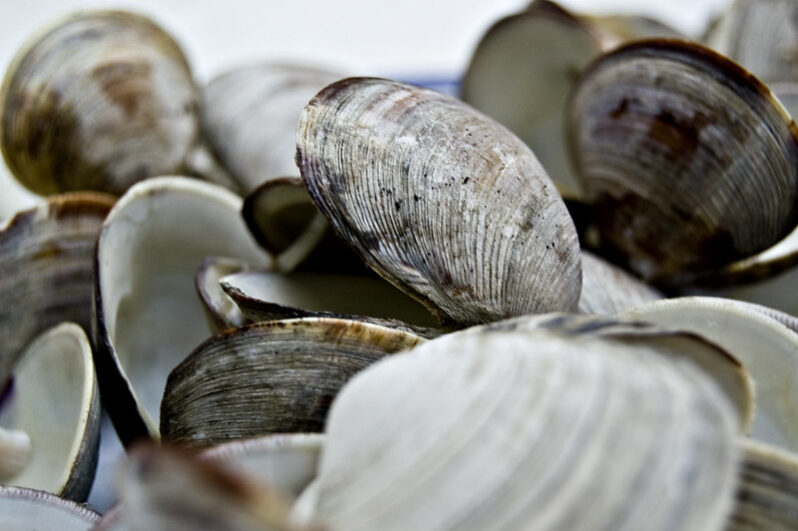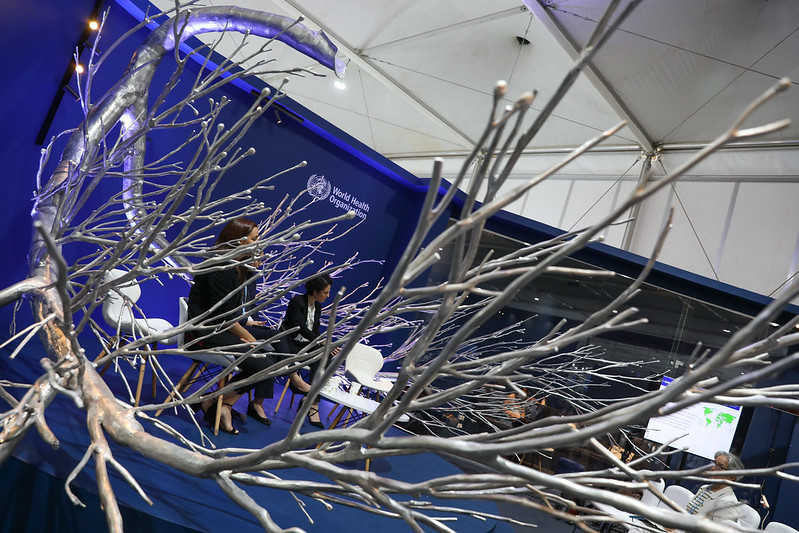Clamshells Face the Acid Test – Hakai Magazine

As acidification threatens shellfish along North America’s Pacific Coast, Indigenous sea gardens offer solutions.
It’s low tide in Bodega Bay, north of San Francisco, California, and Hannah Hensel is squishing through thick mud, on the hunt for clams. The hinged mollusks are everywhere, burrowed into the sediment, filtering seawater to feed on plankton. But Hensel isn’t looking for living bivalves—she’s searching the mudflat for the shells of dead clams…
Science Denial Has Impacts

Neil deGrasse Tyson, an American astrophysicist, author, and science communicator, made a wonderful statement some time ago, that is worth sharing – “The good thing about science is that it’s true, whether or not you believe it”. Science is really not an option. Whether biology, chemistry, physics, oceanography, geology or astronomy, scientists in these disciplines over centuries of research, conducting experiments, collecting evidence, and testing and examining their ideas have gradually developed an understanding of how the Earth and its life works. And much of our everyday lives depends on the application of that science…
Extreme weather becoming a factor in where Americans choose to live – Fox Weather

A report shows that over 60% of Americans that are planning to move in the next year are reluctant to move to areas with natural disaster-prone areas or areas that experience extreme weather and sea level rise.
“All of these costs associated with climate change are actually becoming a real drag on not only our economy but particular areas that are, let’s say, high-risk areas,” Jesse Keenan, professor of sustainable real estate at Tulane University told FOX Weather.
Teaching Children About Climate Change – the New York Times

Two new picture books and a novel for young readers place children at the center of climate calamity. Fittingly, they are stories of homes under threat; home, after all, is the thing climate change stalks, be it a house, a community or a livable planet. Each book offers its own lessons on how to cope with life under the monster we’ve created. The novel even shows how kids can help slay it…
Six Art Installations Making Sea Level Rise Visible – Metropolis

Around the globe, artists are reckoning with climate change and finding new ways to render the impacts of rising seas legible…
“Quite often on the news you’ll see these graphs showing sea level rise and flooding levels, and it can be quite hard to grasp the magnitude of it all,” says architect Andre Kong. “With something that devastating, how can you understand what it actually looks like and what it actually means?
Florida beaches were already running low on sand. Then Ian and Nicole hit – the Washington Post

“I think we’re starting to discover that, despite our best efforts and wanting to throw as much money at this as possible, it has become very difficult to keep these beaches as wide as we would like to keep them,” Robert S. Young, a geology professor at Western Carolina University and director of the Program for Developed Shorelines… “We simply don’t have the capacity to hold all of these beaches in place.”
The Art at COP27 Offered Opportunities to Move Beyond ‘Empty Words’ – Inside Climate News

While the goal of effecting decisive global change proved largely elusive at the United Nations’ annual climate conference in Sharm el-Sheikh, Egypt, the art at COP27 offered other road maps for moving forward…
“You can’t keep having these conversations amongst yourselves as politicians and academics and scientists,” (Egyptian-Lebanese artist, Bahia Shehab) said. “We’re not getting anywhere. We need to open up the conversation.”
‘No safe place’: Kiribati seeks donors to raise islands from encroaching seas – the Guardian

Pacific state needs billions for its ambitious plan – its president demands wealthy nations act to help now
Developing countries vulnerable to the worst ravages of global heating have spent the past week at United Nations climate talks urging more support from wealthy nations. The Pacific state of Kiribati has a very specific and unusual demand – that its islands be physically raised up to escape the encroaching seas…
CLIMATE CHANGE FROM A TO Z – the New Yorker

In an urgent and beautifully composed call to action in the format of an “A to Z” narrative accompanied by bold illustrations by Wesley Allsbrook, Elizabeth Kolbert mixes serious informative facts with a dash of wry humor to acknowledge our collective failure to adequately address our climate crisis while offering some possible tools to help us try harder and do better.
